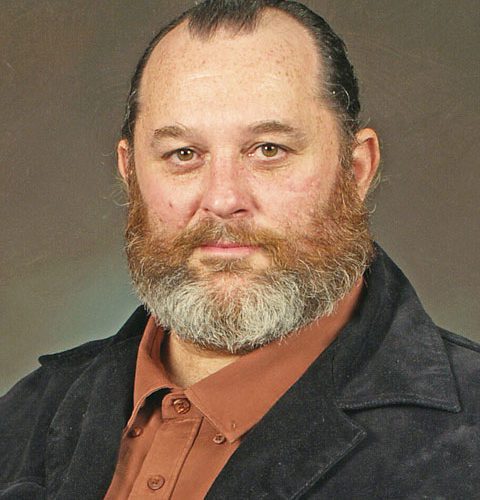My wife and I were recently enjoying our coffee and her homemade apple muffins on a cold fall morning when she commented on the unusual weather we’ve had in the Pacific Northwest.
Looking over at our neighbor out chain-sawing a dozen or so trees that fell across our driveway in the windstorm the night before, I agreed. Then she brought up a series of multi-billion-dollar donations from Bill Gates and Patagonia founder Yvon Chouinard toward protecting the world’s oceans.
“People are finally noticing climate change,” she said, adding that “global warming is no longer a threat, it is our reality.”
Then she asked what the maritime industry is doing to help.
It was a good question, and after I thought about it for a while, couldn’t come up with any wealthy individuals or corporations in the maritime industry giving billions, or even millions of their dollars, to ameliorate climate problems.
Later, I found that in 1996 the International Standards Organization (ISO) established the ISO 14001 certification as a way for maritime companies to prove they had voluntarily chosen to minimize their environmental impact. Obtaining this accreditation requires operators to establish a “total quality management system,” showing how the company plans to 1) reduce ship emissions; 2) prevent pollution of the land during ship operations; 3) prohibit any water pollution; 4) minimize overboard sewage discharge; and 5) minimize the waste of natural resources, fuel and other materials. These plans must be verified by a third party, which here in the U.S. is usually done by the American Bureau of Shipping through regular audits.
ISO 14001 has been updated a few times since 1996, most recently in 2015. Those changes require companies to keep a tighter rein on water usage on board, reduce energy consumption even further and develop policies to actually improve our ocean environment — not just pollute it less. As with other updates, those not meeting the newest standards risk losing their accreditation.
A company can receive ISO 14001 accreditation for some or all its vessels. My former employer, Crowley, was approved in 2003 for its tugs working in Alaska and the West Coast. It set a goal of zero pollution generated on board those boats and even a way for employees to make suggestions or comments for improvement. The former Harley Marine Services of Seattle achieved certification for its entire fleet through its “Harley Marine Goes Green” program — which included greatly minimizing both solid and liquid overboard waste, using low-emission fuel and building new tugs designed for reduced emissions. The company is now called Centerline Logistics, and though the corporate name has changed, its focus on environmental responsibility has not.
Besides tug outfits, there are also U.S.-flag ship owner/operators that have received ISO 14001 certification. I sailed as a mate for the Alaska Tanker Company, which runs crude oil tankers from Valdez, Alaska, to different West Coast ports. It achieved accreditation for its entire fleet in 2001, becoming the first American company to do so. Since 2003, all Matson Inc. ships have also been approved. These shipping corporations paid a goodly amount of money to “go the extra mile” and get all their vessels certified — and they continue to do so.
Despite good intentions, fewer than half of the commercial vessel operators worldwide have received ISO 14001 accreditation. I find that amazing, especially considering that a large amount of water pollution and nearly 20 percent of certain airborne toxins are directly attributable to ships. One large containership can emit the same amount of cancer- and asthma-causing chemicals in a year as 50,000 cars. In fact, only five countries in the entire world spew out more greenhouse gases than the maritime industry.
As such, ISO 14001 represents a first step. Even if the vessel is certified, it’s still allowed to discharge some toxic fumes or poison the water with chemicals that are not only bad for the environment, but also for the mariners working on board. Studies have shown a higher rate of lung cancer and lip cancer among merchant mariners. In my mind, the connection is undeniable.
To their credit, since 1996 the companies obtaining accreditation have spent a few billion dollars toward changing their operations. During that same period, however, the industry made many times that in revenue. In 2021 alone, during a period of sky-high freight rates, ocean carriers made nearly $200 billion.
Considering the huge amount of money made in profit off our oceans, in good conscience, the maritime community needs to go beyond ISO 14001 for every ship worldwide. It is past time for our industry to “pony up” and do what’s right to help fix the problem it has helped create. If we don’t, then we’re not only looking at the death of our oceans, but of ourselves as well.
Till next time, I wish you all clean air and water — and smooth sailin.’ •
Capt. Kelly Sweeney holds the license of master (oceans, any gross tons) and has held a master of towing vessels (oceans) license as well. He has sailed on more than 40 commercial vessels and lives on an island near Seattle. He can be contacted by email at captsweeney@outlook.com.

